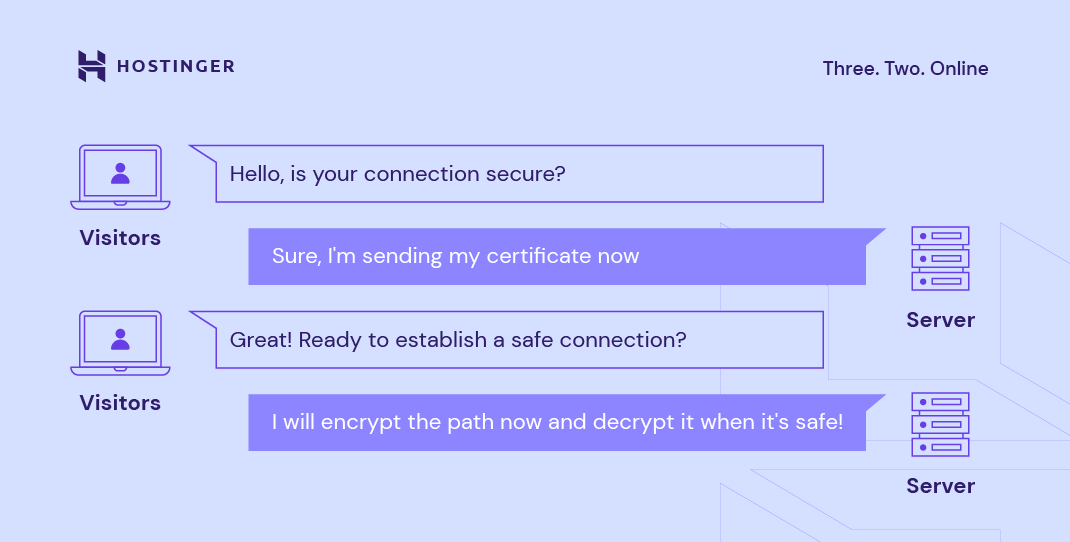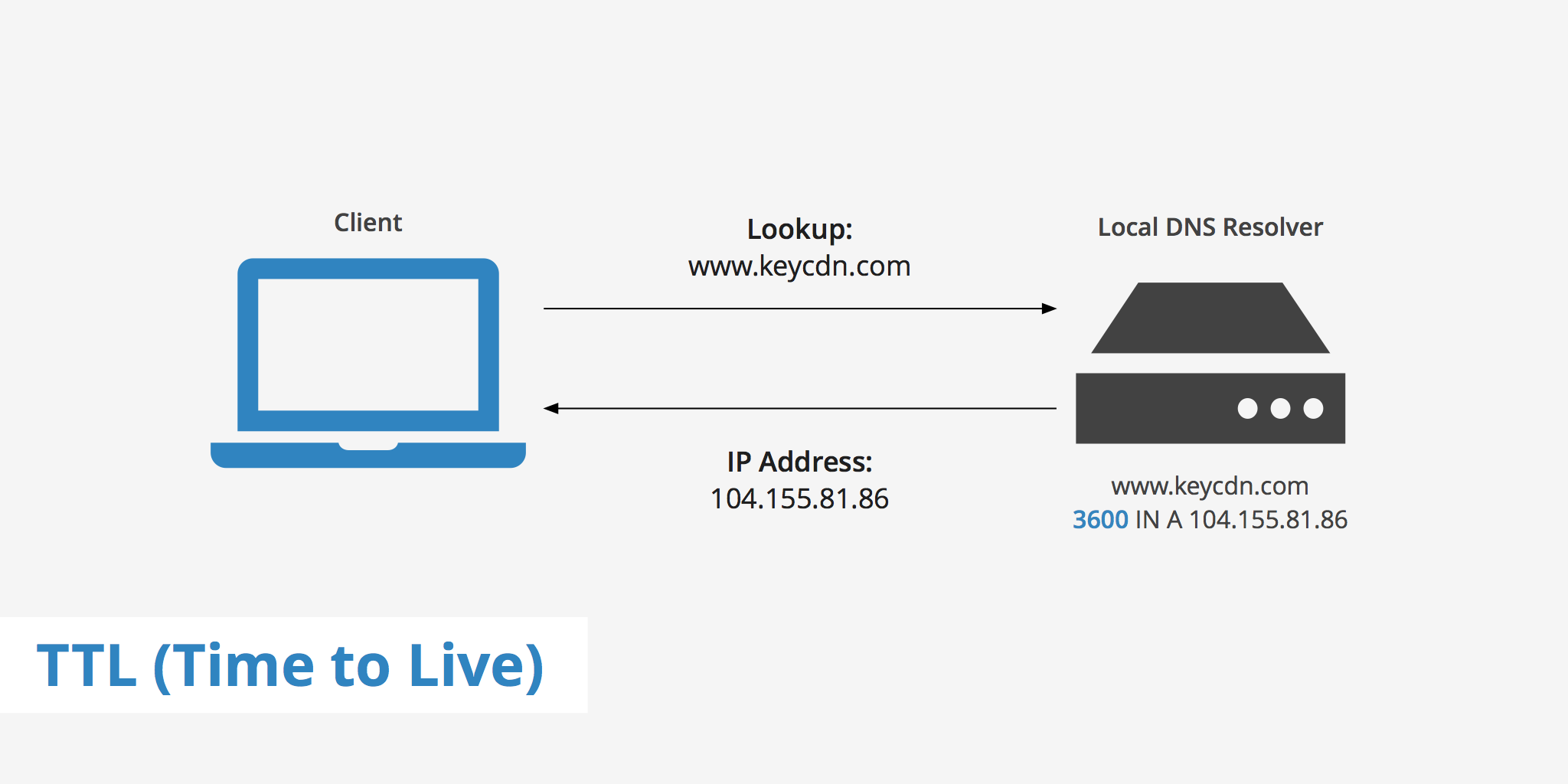
FTP active vs passive is a major consideration for many users, particularly when using an FTP client in front of a firewall. Passive mode FTP makes it easier to use. It is also more friendly with firewalls, NAT routers, and other security measures.
FTP is an Internet protocol (IP) that allows the transfer of files between two computers through a client and server. The FTP protocol is composed of a data channel and a command channel, both of which are used to transmit information between the client and the server.
The client initiates a command channel with the FTP Server by sending a TCP port 21 PORT command. The server will respond by connecting to the specified client data ports on its local port, typically TCP Port 20.
The FTP connection works as long as the FTP client does not have a firewall. In this scenario, the client’s firewall will prevent the FTP connection request to arrive from the server.

This problem can be solved by changing the mode of the client from active to passive. In passive-mode, the FTP Client still initiates command channel. But instead of sending a command to establish data connection (PORT), it sends PASV. The FTP client replies to this command with a random data port that it has open for the file transfer.
In Active mode, a client sends an PORT command in order to establish a data channel with the FTP Server. It is a reversed data channel and therefore not as compatible with firewalls or NAT routers.
Firewalls help secure networks by limiting the traffic that can be sent through specific ports. This is usually done to prevent unauthorised access, but it can also cause issues when using FTP.
Network Address Translation Devices (NAT) can also be used to protect from unauthorized access. These devices let multiple computers share one IP address but they can also be used as firewalls for connections from outside. NATs are good at blocking internal server connections but can be hard to configure.
Passive mode is designed to ease the burden of firewall configuration on the client. In passive mode, the client still initiates the control channel on port 21, but instead of sending a PORT command, it sends a PASV command. This command tells FTP to send the client an IP address with a port number.

If the Automatic Passive Mode is enabled in Fetch and an error occurs when Fetch tries to connect to a server, Fetch will automatically switch to passive. If this doesn't work, you can enable passive mode manually by selecting Passive Mode from the FTP settings menu.
Active or passive mode can be selected by the client. However, passive mode generally works better with firewalls and routers. The client may be configured to use only a small range of high port numbers on the host, which limits the number that can potentially be blocked by the firewall. It will also reduce the risk of a server being blocked by a firewall.
FAQ
What types of websites should you make?
The answer to this question depends on your goals. If you are looking to build a business from your website, it may be beneficial to focus on selling online products. This will require you to set up a strong eCommerce site.
Blogs, portfolios and forums are all popular websites. Each requires different skills. To set up a blog for instance, you'll need to learn about blogging platforms like Blogger and WordPress.
When you choose a platform, you will also need to figure out how to customize the look of your site. You can find many free templates and themes for every platform.
Once you've selected a platform to build your website, you can start adding content. Your pages can be filled with images, videos and text.
Once you're ready to publish your website online, click here. Visitors can view your site online once it has been published.
How can I make a website for free?
It all depends on which type of website it is. Are you trying to sell products online, create a blog or build a portfolio of websites?
An essential website can be created using HTML and CSS. This is a combination of HyperText Markup Language (HTML) and CascadingStyle Sheets (CSS). While it's possible to create a simple website using HTML and CSS, most web developers recommend using a WYSIWYG editor such as Dreamweaver or Frontpage.
A freelance developer may be the best choice if you don't have any experience in designing websites. They will help you design a website that suits your specific needs.
A freelance developer can charge you a flat fee per project or hourly rate. The amount of work they do within a certain time frame will affect the cost of hiring a freelancer.
For example, you might pay $50-$100 an hour to a company. Larger projects will usually attract higher rates.
There are many websites that list jobs available for freelancers. It is possible to search on these websites before reaching out directly to potential developers.
Web development is hard?
Web Development is hard but you can learn it if you are passionate about coding.
The only thing you need is to search for the right tools and follow their steps step by step.
YouTube and other platforms provide many tutorials. You can also use free online software such as Notepad++, Sublime Text, etc.
There are also lots of books available in bookstores and libraries. These are some of the most well-known:
O'Reilly Media presents "Head first HTML & CSS".
O'Reilly Media's Head First PHP & MySQL 5th edition
Packt Publishing presents "PHP Programming: Absolute Beginners".
I hope this article was helpful.
What Should I Include In My Portfolio?
These things should make up your portfolio.
-
You can also see examples of your previous work.
-
If possible, links to your site
-
Your blog may have links
-
Here are some links to social media pages.
-
Links to online portfolios of other designers.
-
Any awards you've received.
-
References.
-
Examples of your work.
-
These are links showing you how to communicate effectively with clients.
-
You are willing to learn new technologies.
-
These links show that you are flexible.
-
These links show your personality.
-
Videos showing your skills.
What is a website static?
A static website contains all content stored on a server that visitors can access via web browsers.
The term "static” refers the fact that there is no dynamic feature such as changing images or video, animations etc.
This type of site was originally developed for use in corporate intranets but has since been adopted by individuals and small businesses who want simple websites without the complexity of custom programming.
Static sites have become increasingly popular because they require less maintenance. It's easier to update and maintain static sites than a website that has many components (such blogs).
They load also faster than their dynamic counterparts. This makes them perfect for users who are using mobile devices or have slow Internet access.
In addition, static sites are more secure than their dynamic equivalents. There's nothing to hack into a static website. Hackers have only access to data stored in a database.
There are two main options for creating a static website.
-
Using a Content Management System (CMS)
-
Create a static HTML web site
Which one you choose depends on your requirements. A CMS is the best choice for anyone who is new to building websites.
Why? Because it gives you complete control of your website. With a CMS, you don't need to hire someone to help you set up your site. Upload files to the website server.
You can still learn code and create static sites. However, you will need to put in some time to learn how to program.
Statistics
- The average website user will read about 20% of the text on any given page, so it's crucial to entice them with an appropriate vibe. (websitebuilderexpert.com)
- At this point, it's important to note that just because a web trend is current, it doesn't mean it's necessarily right for you.48% of people cite design as the most important factor of a website, (websitebuilderexpert.com)
- In fact, according to Color Matters, a signature color can boost brand recognition by 80%. There's a lot of psychology behind people's perception of color, so it's important to understand how it's used with your industry. (websitebuilderexpert.com)
- Studies show that 77% of satisfied customers will recommend your business or service to a friend after having a positive experience. (wix.com)
- It's estimated that chatbots could reduce this by 30%. Gone are the days when chatbots were mere gimmicks – now, they're becoming ever more essential to customer-facing services. (websitebuilderexpert.com)
External Links
How To
How to become a web designer?
A website isn't just a collection HTML code. It is an interactive platform that allows users to communicate and delivers valuable content.
Websites can be more than just a means of delivering information. It should also serve as a portal to your company. It should be easy for customers to find the information they need quickly, and it should also allow them to interact with your company in a way that is convenient.
The best websites allow users to do exactly the same thing they came here to do: search for what they need and then leave.
This requires you to acquire technical skills as well design aesthetics. You will need to know HTML5 coding basics and CSS3 styling, along with the latest developments in JavaScript.
A variety of tools are required, including InDesign, Photoshop, Illustrator and Fireworks. These tools enable designers to create website graphics and layouts. And finally, you'll need to develop your style guide, which includes everything from fonts to colors to layout.
To learn more about becoming a web designer, you can start by reading articles or taking online courses.
Although it might take you months or even years to finish your degree program you will be ready to join the workforce once you have earned it.
Don't forget to practice! It will be easier to create great websites the more you learn how to design.